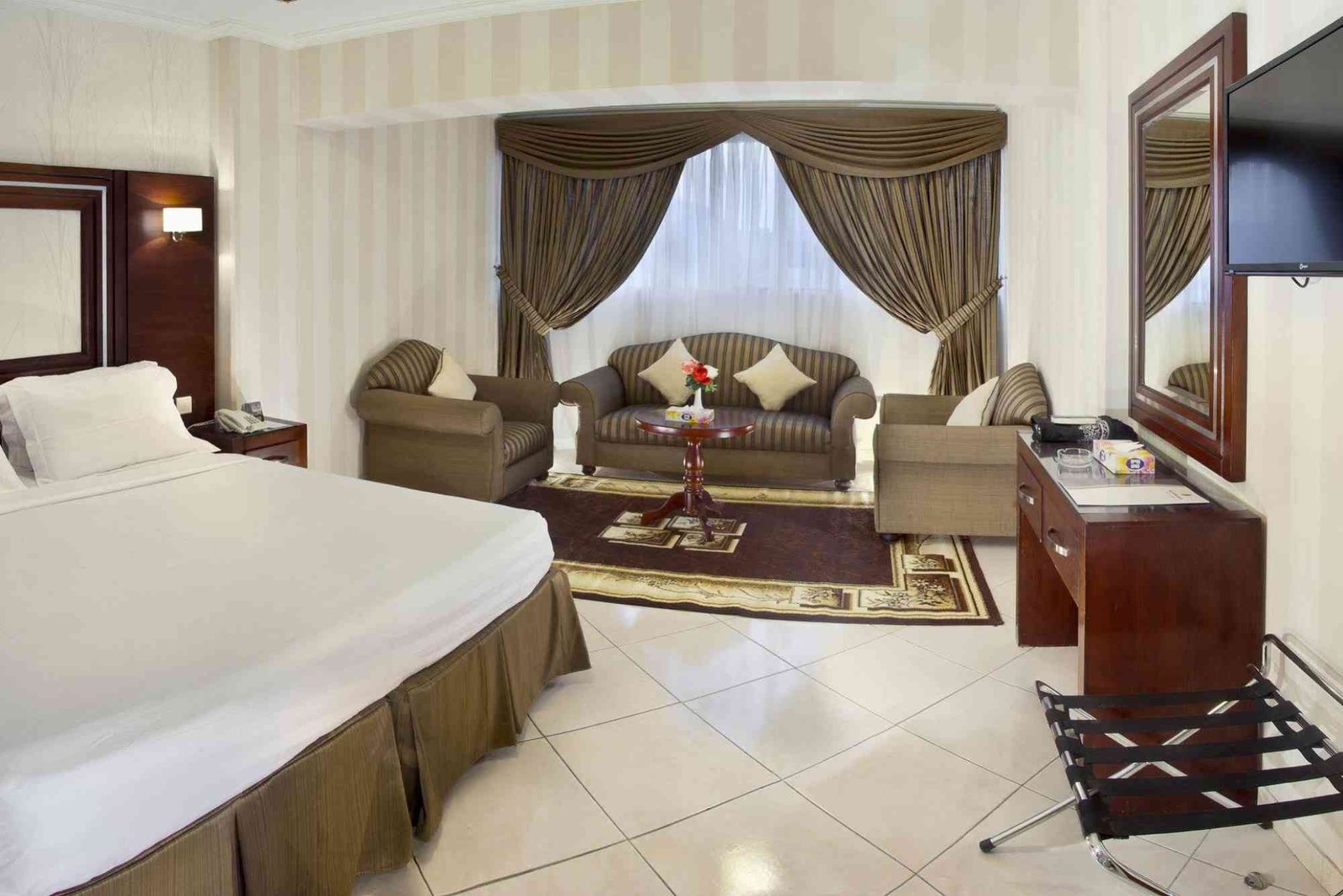الكفاءة هي اعتبار أساسي في صناعة الشحن، والبرغي البحري يلعب دوراً حيوياً في أداء السفينة واستهلاك الوقود. يسعى أصحاب السفن والمشغلون باستمرار لايجاد تصاميم البراغي الأكثر كفاءة التي يمكن أن تزيد من الدفع بينما تقلل من خسائر الطاقة. هناك عدة عوامل تؤثر في كفاءة برغي السفينة، بما في ذلك تصميم الشفرة، اختيار المواد، نسبة القطر إلى الخطوة، وسرعة الدوران. تعمل هذه العوامل معاً على تحديد قدرة البرغي على دفع السفينة إلى الأمام مع تقليل استهلاك الوقود والاهتزازات.
Effectivity is a paramount consideration within the maritime business, and the marine propeller performs a vital position in a ship’s efficiency and gas consumption. Shipowners and operators are continually striving to search out essentially the most environment friendly propeller designs that may maximize thrust whereas minimizing vitality losses. A number of elements affect ship propeller effectivity, together with blade design, materials choice, diameter-to-pitch ratio, and rotational velocity. These elements collectively decide the propeller’s capacity to propel the ship ahead whereas minimizing gas consumption and vibrations.
- Mounted-Pitch Propellers
Propeller effectivity refers back to the capacity of a ship’s propeller to transform engine energy into thrust with minimal vitality losses. A number of elements affect Ship propeller effectivity, together with blade design, materials choice, diameter-to-pitch ratio, and rotational velocity. These elements collectively decide the propeller’s capacity to propel the ship ahead whereas minimizing gas consumption and vibrations.
- Controllable Pitch Propellers
The important thing benefit of CPPs lies of their capacity to optimize the blade angle to match the working circumstances. By adjusting the blade angle, the propeller can preserve optimum effectivity at numerous speeds and masses. As an example, when the ship is crusing at low speeds, the blade angle could be set to a better pitch, permitting for environment friendly propulsion with diminished gas consumption. Conversely, at increased speeds, the blade angle could be adjusted to a decrease pitch, maximizing thrust with out extreme vitality losses.
The flexibleness of CPPs additionally performs a vital position in enhancing maneuverability. The power to vary the blade angle shortly allows the ship to reply promptly to altering sea circumstances, equivalent to robust currents or gusty winds. This characteristic is especially advantageous for vessels that require exact management, equivalent to offshore provide vessels, cruise ships, and naval vessels.
Moreover, CPPs present a big security benefit. Within the occasion of an engine failure or a necessity for emergency stops, the pitch of the blades could be adjusted to generate reverse thrust, permitting the ship to decelerate or cease extra successfully. This functionality enhances the ship’s maneuvering capabilities throughout essential conditions, lowering the chance of collisions or accidents.
CPPs have been extensively adopted in numerous maritime sectors as a result of their effectivity and flexibility. They’re generally present in purposes equivalent to container ships, tankers, passenger vessels, and high-performance yachts. The power to fine-tune the propeller’s efficiency in response to particular vessel necessities has made CPPs a lovely selection for shipowners and operators searching for to optimize gas consumption and improve operational effectivity.
- Excessive-Effectivity Propeller Designs
In recent times, developments in propeller design have led to the event of extremely environment friendly propellers. One such design is the Kappel propeller, which contains a distinctive blade form that reduces vitality losses and improves thrust effectivity. The Kappel propeller’s twisted blade design minimizes cavitation and reduces wake fraction, leading to improved propulsive effectivity. These propellers are sometimes utilized in vessels that function at excessive speeds, equivalent to container ships and tankers.
One other notable design is the skewed propeller, the place the blades are twisted to cut back the era of eddies and enhance propulsive effectivity. Skewed propellers are significantly efficient in lowering resistance and enhancing effectivity in vessels that function at low speeds.
- Ducted Propellers
Ducted propellers, also called Kort nozzles, are one other sort of propeller design recognized for his or her effectivity. These propellers include a cylindrical duct surrounding the propeller, which reinforces thrust by accelerating the move of water by means of the propeller. Ducted propellers are significantly efficient in vessels that function at low speeds or in confined areas, equivalent to tugboats and ferries. They provide improved maneuverability and elevated propulsive effectivity, leading to diminished gas consumption.
- Contra-Rotating Propellers (CRP)
Contra-rotating propellers (CRP) programs make the most of two counter-rotating propellers on the identical shaft. This design supplies improved thrust effectivity and maneuverability in comparison with conventional single-propeller programs. By using two propellers rotating in reverse instructions, CRP programs can get better rotational losses and generate increased propulsive effectivity. CRP programs are generally utilized in propulsion programs for high-speed vessels, equivalent to naval ships and quick ferries.
Effectivity is a essential side of ship propulsion, and the selection of a propeller vastly influences a vessel’s efficiency and gas consumption. Whereas fixed-pitch propellers are generally used, controllable pitch propellers, high-efficiency propeller designs just like the Kappel propeller and skewed propellers, ducted propellers, and contra-rotating propellers supply enhanced effectivity and efficiency.
As know-how continues to advance, we are able to count on additional improvements in propeller design, supplies, and management programs, resulting in even larger effectivity positive factors. The maritime business’s dedication to sustainability and environmental duty will drive the event of propellers that reduce gas consumption and emissions whereas maximizing efficiency.
By embracing these environment friendly propeller designs and incorporating cutting-edge applied sciences, shipowners and operators can propel their vessels right into a greener and extra environment friendly future, benefiting each their backside line and the setting. The continual pursuit of propeller effectivity will contribute to a sustainable and thriving maritime business, the place vessels function with optimum efficiency, diminished gas consumption, and minimized environmental impression.



